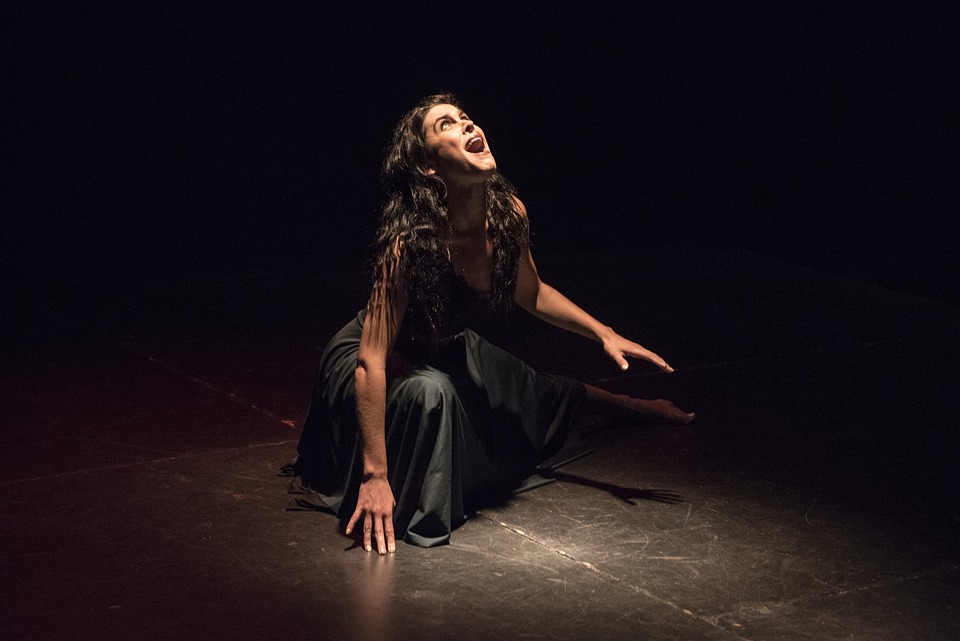The Evolution of Actresses in Film and Television
Actresses have come a long way in the world of film and television. Over the years, their roles have evolved from being seen as mere eye candy to complex and multi-dimensional characters that drive the plot forward. This evolution has not only showcased the talents of these leading ladies but has also given them more opportunities to shine in a male-dominated industry.
The Early Days
Back in the early days of film and television, actresses were often relegated to playing supporting roles to their male counterparts. They were often cast as the damsel in distress, the love interest, or the wife/mother character. Their roles were limited to serving the male characters’ storylines, with little depth or complexity.
One example of this is the classic Hollywood films of the 1950s, where actresses like Marilyn Monroe and Grace Kelly were often typecast as the beautiful, yet vulnerable leading ladies. While these actresses were beloved by audiences, they were often limited in the types of roles they could play.
The Rise of Strong Female Characters
As film and television evolved, so did the roles of actresses. The 1970s and 1980s saw the rise of strong female characters who were not afraid to speak their minds and take charge of their own destinies. Actresses like Meryl Streep, Sigourney Weaver, and Diane Keaton paved the way for a new generation of leading ladies who could hold their own on screen.
One iconic example of this is Sigourney Weaver’s portrayal of Ellen Ripley in the Alien series. Ripley was a strong, independent woman who was not only capable of fighting off alien threats but also a complex and multi-dimensional character with her own fears and vulnerabilities. This type of role was groundbreaking for its time and helped to redefine the way women were portrayed in film and television.
The New Millennium
As we entered the new millennium, actresses continued to push boundaries and break stereotypes in film and television. Actresses like Charlize Theron, Viola Davis, and Taraji P. Henson have shown that women can play a wide range of roles, from action heroes to complex antiheroes.
One example of this is Theron’s portrayal of Imperator Furiosa in Mad Max: Fury Road. Furiosa is a fierce and tough warrior who leads a rebellion against the film’s villain. Theron’s performance was widely praised for its depth and complexity, showing that actresses can be just as capable of carrying an action-packed film as their male counterparts.
The Future of Actresses in Film and Television
As we move into the future, it’s clear that actresses will continue to play a vital role in shaping the narratives of film and television. As the industry becomes more diverse and inclusive, we are seeing a greater variety of roles for actresses of all backgrounds and experiences.
Actresses like Lupita Nyong’o, Zendaya, and Yara Shahidi are leading the way in creating more diverse and authentic portrayals of women on screen. These actresses are not only talented performers but are also using their platforms to advocate for more representation and inclusion in the industry.
Overall, the evolution of actresses in film and television has been a journey of growth and empowerment. From playing supporting roles to becoming complex and multi-dimensional characters in their own right, actresses have proven time and time again that they are more than just eye candy. They are powerful storytellers who have the ability to captivate audiences and drive the narrative forward.
With more opportunities and visibility than ever before, the future looks bright for actresses in film and television. As they continue to break boundaries and challenge stereotypes, we can’t wait to see what amazing performances they have in store for us in the years to come.
